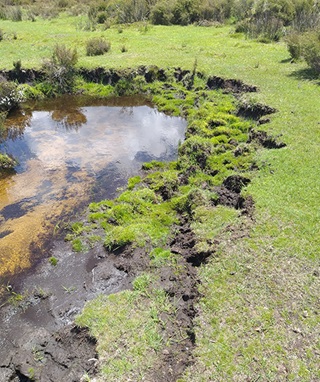
The NSW Government passed the Kosciuszko Wild Horse Heritage Act 2018, which recognises and protects wild horse heritage values in Kosciuszko National Park and enables active management of the wild horse population to reduce their negative impact on the park's fragile environment.
A wild horse heritage management plan was adopted by the Minister for Energy and Environment in November 2021. The plan has been prepared to meet the requirements of the Kosciuszko Wild Horse Heritage Act. The plan:
- identifies the heritage value of wild horse populations in parts of the park
- protects the heritage values of wild horses by retaining a wild horse population of 3,000 horses in 32% of the park; wild horses have been retained in areas that are associated with wild horse heritage values
- maintains the environmental values of the park by reducing the wild horse population to 3,000 horses by 30 June 2027. Under the plan, there will be no wild horses across 68% of the park.
The plan was updated in October 2023 to include aerial shooting as an approved control method. The amendment allows National Parks and Wildlife Service to use aerial shooting in addition to existing control methods such as passive trapping, rehoming, and ground shooting to reach the legally required wild horse population target of 3,000 by mid-2027.
The removal of wild horses occurs in accordance with the highest possible animal welfare standards.
Kosciuszko National Park contains some of Australia's most beautiful and unique natural landscapes, plants and animals. This includes the main alpine and sub-alpine area in New South Wales, commonly known as the Snowy Mountains.
Based on the October 2023 population survey, it is estimated there are between 12,797 to 21,760 wild horses in the park. By law, National Parks and Wildlife Service must reduce the population to 3,000 wild horses by June 2027. There is strong scientific evidence that wild horses damage the park's fragile alpine and sub-alpine environment. Impacts include trampling and grazing vegetation, eroding waterways and destroying key habitat for threatened species such as the northern corroboree frog and stocky galaxias fish.
The negative environmental impact of wild horses has been formally recognised by the listing of habitat degradation and loss by feral horses as a Key Threatening Process in Schedule 4 of the NSW Biodiversity Conservation Act 2016. The impact of wild horses in the park has been well-documented in a number of scientific, peer-reviewed papers.


